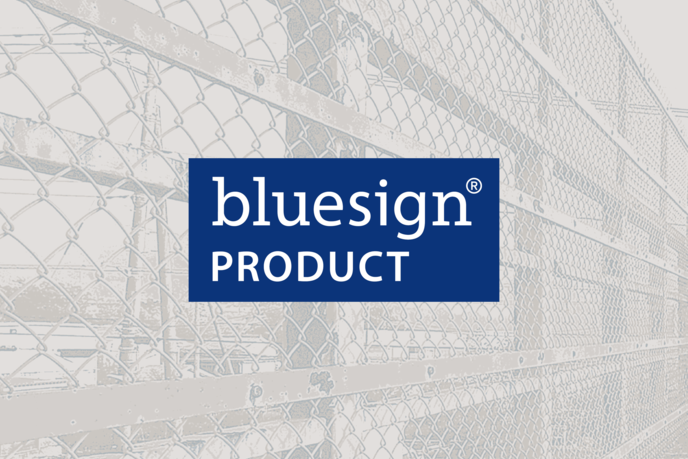Praise for our backpacks
What does a bluesign® product mean in relation to the individual parts of a backpack?
A bluesign® product consists of at least 90% "bluesign® Approved" fabrics and 30% "bluesign® Approved" accessories. Does that sound abstract? Of course, it does. Because in order to comprehend what that means, you first have to understand how many components our backpacks are made of. In your estimation, how many individual parts can be found in our UP Seoul backpack, for example?
143.
In order to receive bluesign® status, a product must comply with bluesign® standards to the extent described above. This means the various manufacturing processes for these components, including the burdens that are placed on people and the environment during the necessary manufacturing steps, must pass an intensive compliance check. Since the components are also created by various manufacturers using different production processes, it is understandable that a bluesign® product represents an intricate patchwork of processes and materials.
AND HOW MUCH WORK GOES INTO EVERY BACKPACK?
Of course, it takes more than just the sum of 143 individual parts to make a backpack. In the case of the UP Seoul, it is created in 30 steps over 13 hours in close and smooth cooperation between 10 different people (not counting the production of the materials and transport). All these people create the value of this backpack through their work and their time. And we are all responsible for these people. It is therefore important to us that our customers make conscious consumer choices, invest in high-quality and durable products, and see our products not only as objects to be used, but also as items to be cared for. In doing so, customers are showing proper appreciation to the people who made them, which they more than deserve.
Further examples:
Guide
191 pieces
Passway
44 pieces
